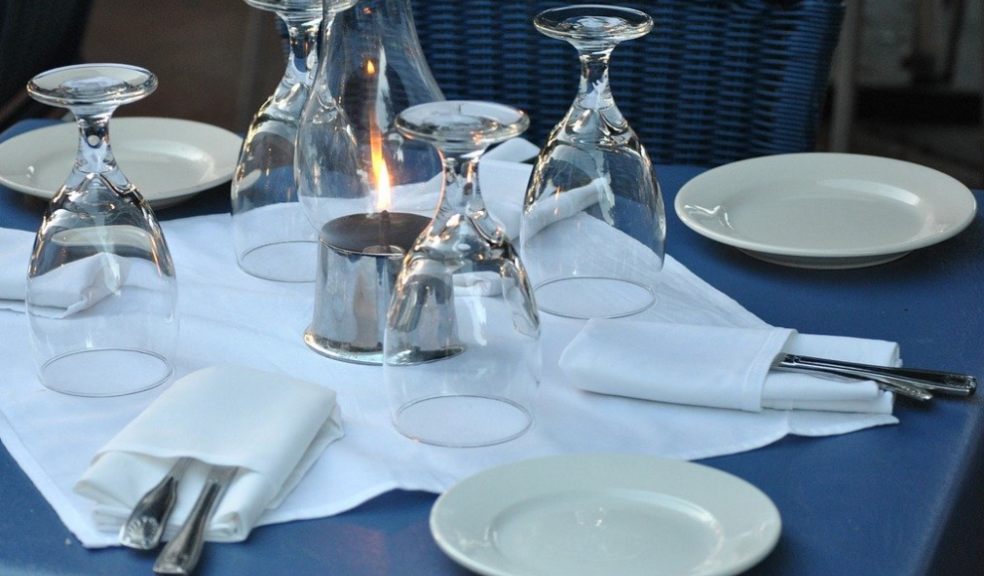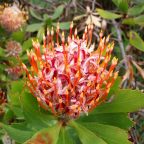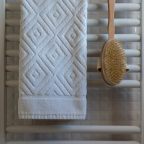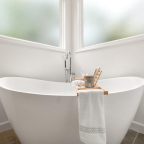
How to Get Stains out of a PVC Tablecloth
PVC tablecloths are considered to be the best choice these days. The reason for this is that there are numerous advantages to a PVC cloth in comparison to the traditional cloth. PVC tablecloths are durable, can be cleaned easily, and they come in different sizes, shapes, and designs. They are ideal for indoor and outdoor use alike and are quite easy to maintain. You get a big win for the price and quality of vinyl tablecloths, which are durable and can last you many years if kept clean.
The only minor weak points of using vinyl tablecloths are wrinkles, staining, and molds, which also have relatively easy solutions. Removing stains, for example, can be done very quickly and without so much fuss.
PVC tablecloths work best when you have toddlers and young kids who are prone to spills and stains. But these are no big problems when it comes to maintaining your vinyl table cover.
Read on for more tips for your wipe clean tablecloth here.
- Wipe spills and stains as promptly as possible. Don't wait for the stain to set in. PVC tablecloths are somewhat water-resistant, so a spill or stain should be easy to clean with a damp cloth or sponge. Use only soft material to avoid scratching the surface.
- Mold or mildew can cause unsightly stain marks on your vinyl tablecloths, primarily when used outdoors. Sunlight is effective in fighting molds. To kill the active mold, place your vinyl tablecloth under the sun for several hours. Then wipe clean with dishwashing liquid and water solution. Rinse well using a hose. Dampen a soft cloth with white distilled vinegar and generously wipe down the front and back of your PVC tablecloth. Hang to dry—no need to rinse your vinyl tablecloth.
- Food stains can be easily cleaned with dishwashing liquid and water only.
- For grease stains, use isopropyl alcohol. Wet a clean white cloth with isopropyl alcohol and wipe it from the outside to the center to avoid spreading the stain marks. Once the stain is removed, rinse with a damp cloth with water then hang to dry.
- Ink stains can also be removed using the process and cleaning agents for grease stains.
- Never use chlorine bleach or bleach-based cleaning agents, which can cause your PVC tablecloths to dry out and crack. Do not use abrasive and harsh materials that may scratch your tablecloth's vinyl finish.
- To remove stubborn stains such as dye-based food stains, mix one-part water, and one-part hydrogen peroxide. Dampen a clean white cloth with the solution and smear on the stained area. Allow the solution to work on the stain for a few minutes then rinse with a clean white cloth dampened with water. If the stain does not come off using the water and hydrogen peroxide solution, you can try using pure hydrogen peroxide. Always work from outside the stain to the center to prevent spreading.
- Read the directions on the care instruction tabs on your PVC tablecloth. If it does not indicate that it cannot be machine-washed, you can pop it in the washer to keep it clean regularly. Avoid using the dryer as there is a tendency to melt the vinyl tablecloth. Instead, hang it out to dry.
PVC tablecloths are inexpensive yet very durable home items. They can serve you for a long time with proper care and maintenance.

















